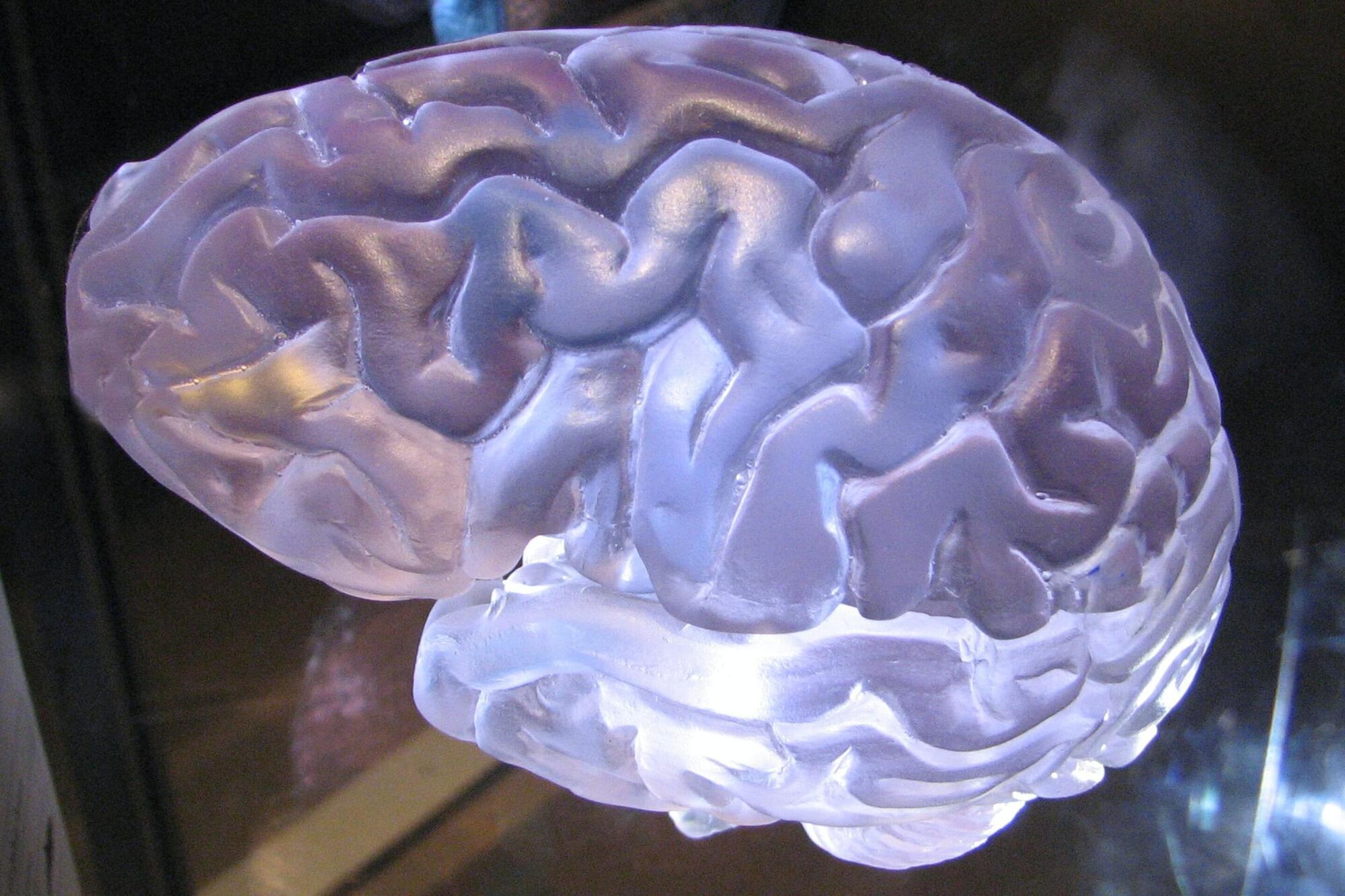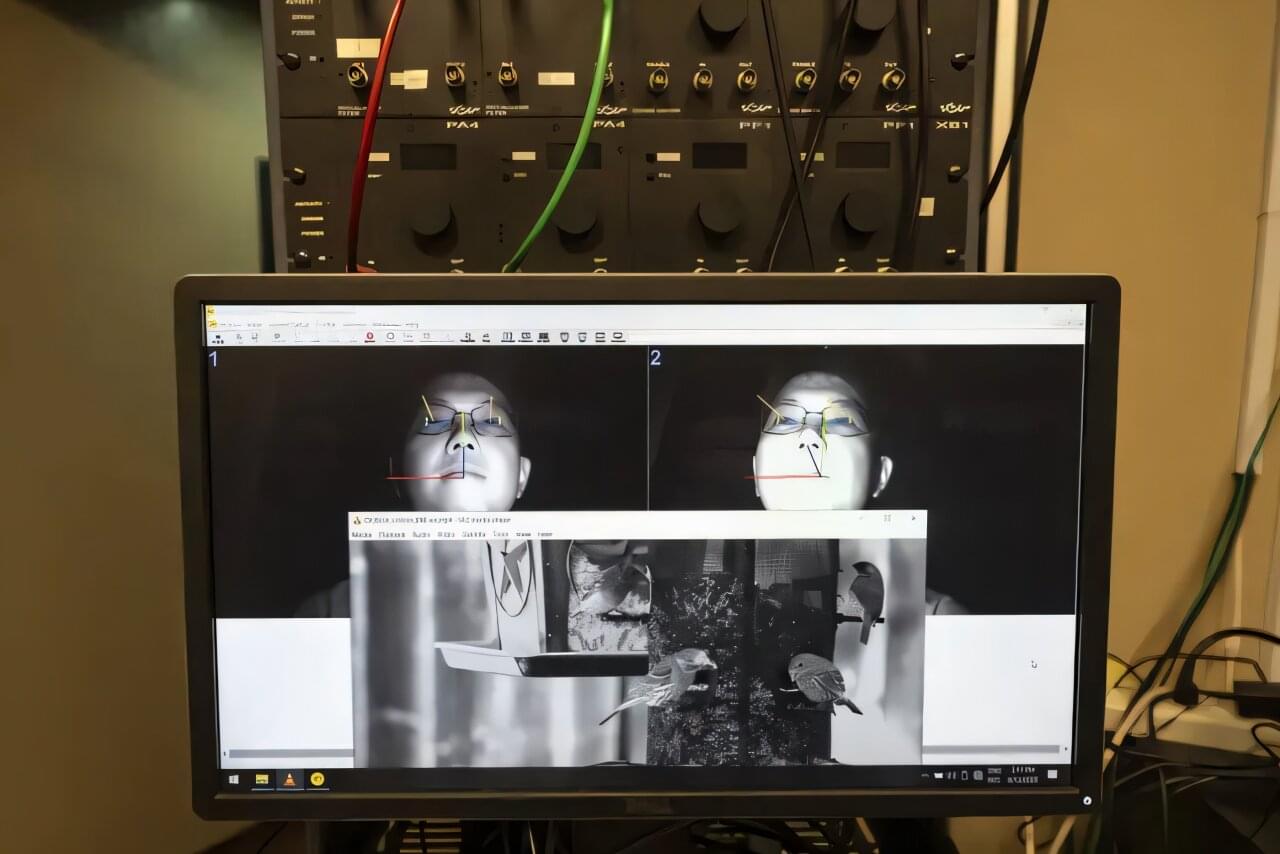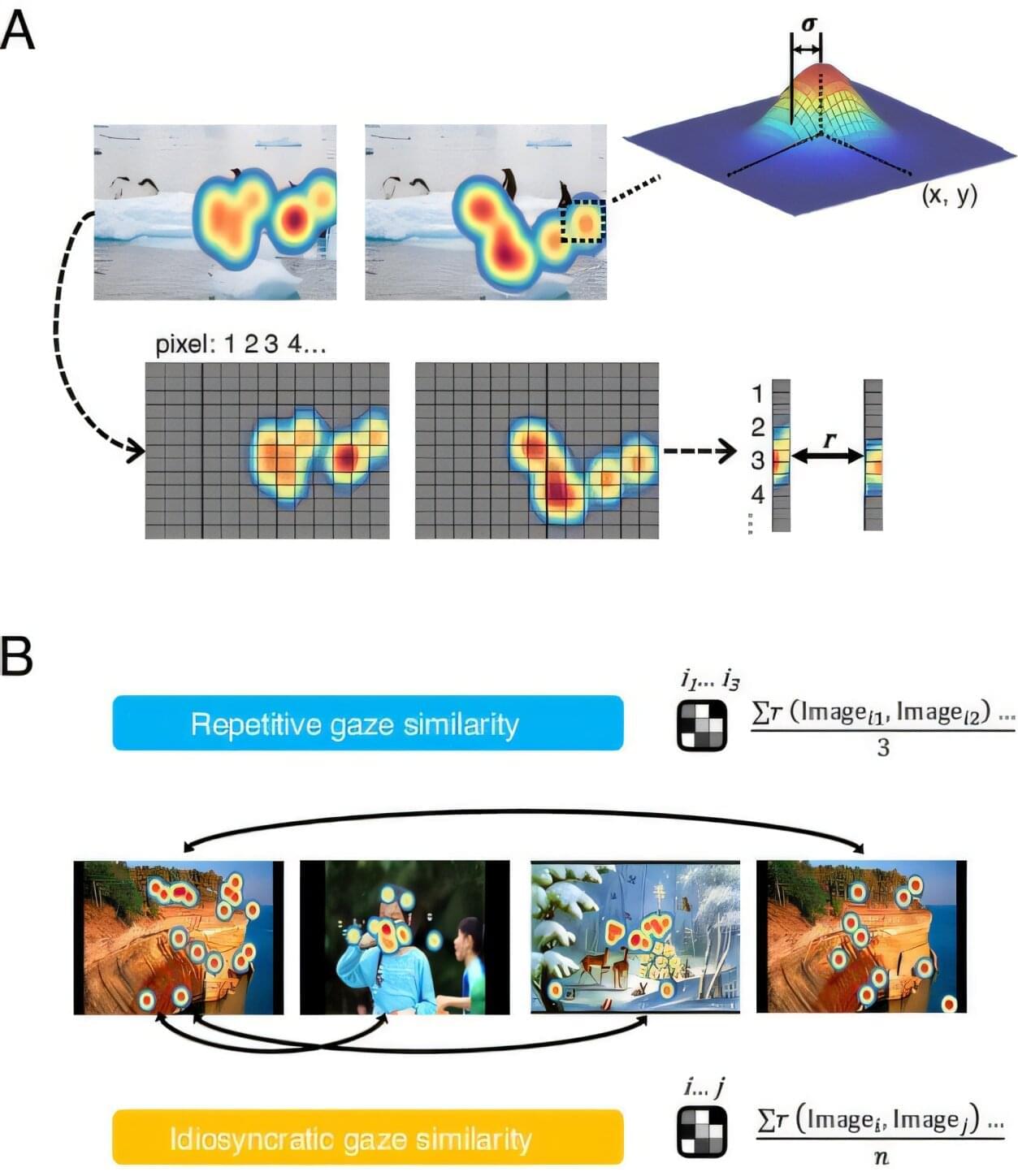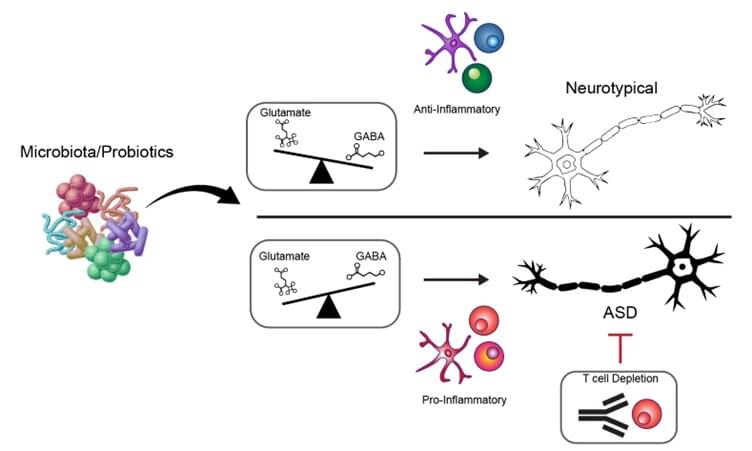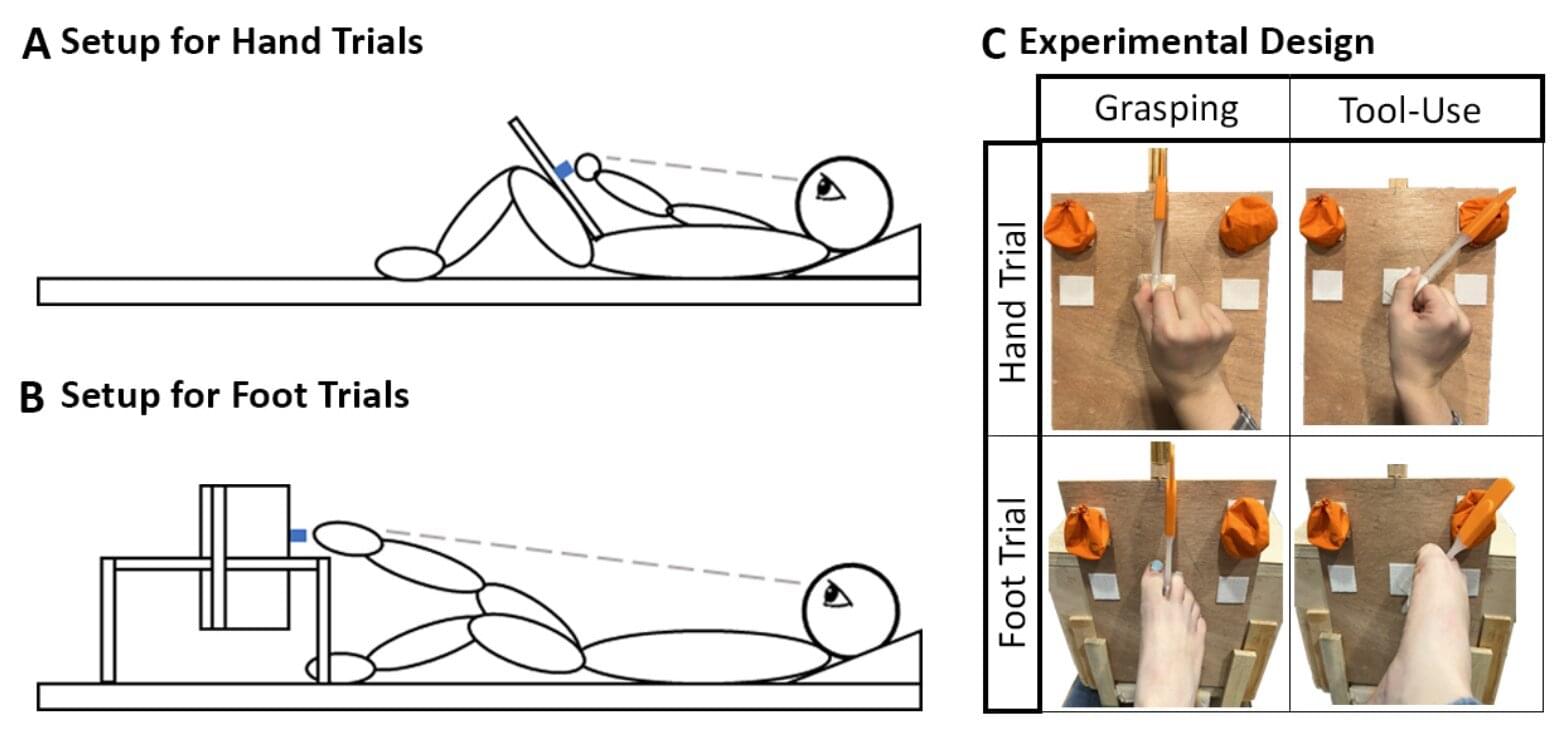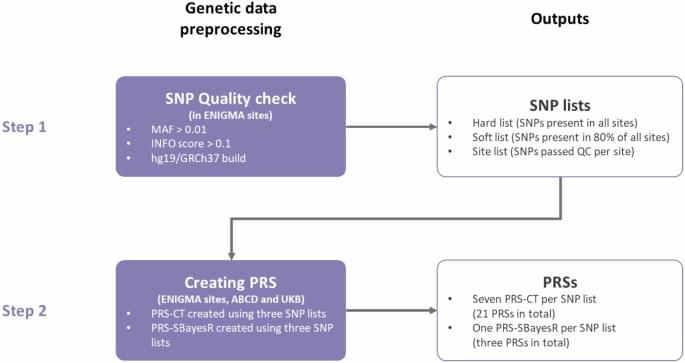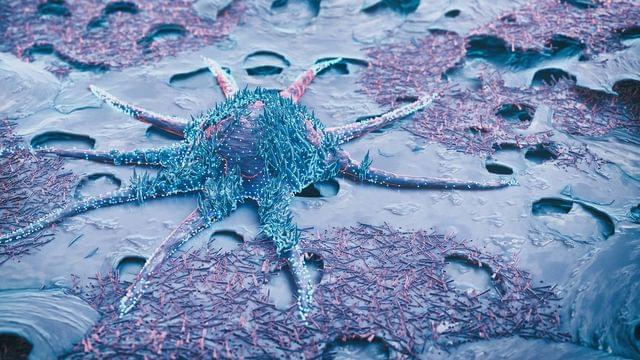Blocking brain damage triggered by a glioblastoma, an aggressive brain cancer, may slow the growth of the cancer and allow the brain to keep working better for longer, according to a new study led by UCL (University College London) researchers.
The study, published in Nature, looked at glioblastomas in mice. It found that early-stage tumors damaged parts of nerve cells called axons, and that the brain’s natural response to this injury—breaking down and clearing away these damaged axons—accelerated the tumor’s growth.
Mice in whom this natural response was turned off developed less aggressive tumors, lived for longer and maintained normal brain function that persisted to nearly the end of their lives. In contrast, mice who responded to nerve damage as normal developed more aggressive tumors and progressive disability, the researchers found.
